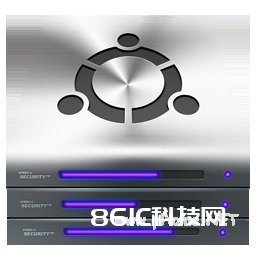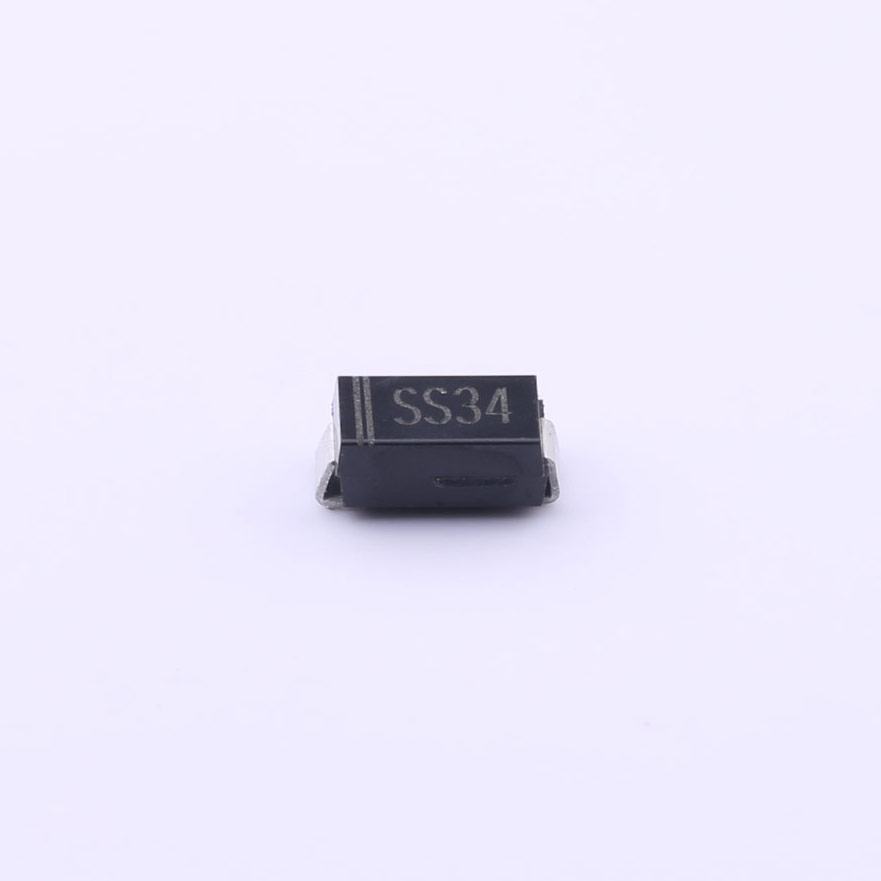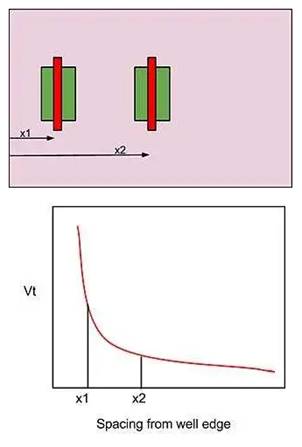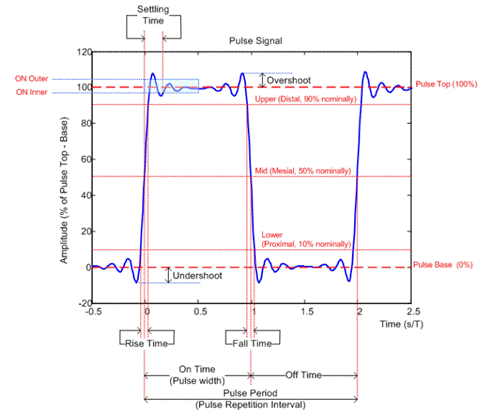你或许现已知道怎么将你的 Ubuntu 桌面晋级到最新版别了,不过假如你用的 Ubuntu Server,并且也正好又期望晋级一下的话(条件是,不会影响你的使用。一般来说,关于服务器操作体系,应该选用保存情绪。假如不是有必要晋级才干处理的安全问题,最好不要晋级,而是选用各种外部手法来处理。)

假如想从Ubuntu14.04/13.10/13.04/12.10/12.04或许更老的版别晋级到14.10,只需遵从下面给出的过程。留意,你不能直接从13.10晋级到14.10。你应该先将13.10晋级到14.04在从14.04晋级到14.10。下面是具体过程。
下面的过程不只能用于14.10,也兼容于一些像Lubuntu14.10,Kubuntu14.10和Xubuntu14.10等的Ubuntu衍生版别
重要:在晋级之前,稳妥起见,不要忘了将你的数据在U盘或外部硬盘上保存一下。
服务器晋级
从ubuntu14.04的服务器晋级到14.10的服务器,选用下面的过程。
装置update-manager-core 这个包假如之前没唷装置的话:
sudo apt-get install update-manager-core
修改 /etc/update-manager/release-upgrades这个文件。
sudo nano /etc/update-manager/release-upgrades
像下面那样设置Prompt=normal或许Prompt=lts
# Default behavior for the release upgrader.
[DEFAULT]
# Default prompting behavior, valid options:
#
# never – Never check for a new release.
# normal – Check to see if a new release is available. If more than one new
# release is found, the release upgrader will attempt to upgrade to
# the release that immediately succeeds the currently-running
# release.
# lts – Check to see if a new LTS release is available. The upgrader
# will attempt to upgrade to the first LTS release available after
# the currently-running one. Note that this option should not be
# used if the currently-running release is not itself an LTS
# release, since in that case the upgrader won’t be able to
# determine if a newer release is available.
Prompt=normal
现在能够经过下面的指令来更新你的服务体系了。
sudo do-release-upgrade -d
直到屏幕提示你已完结。









